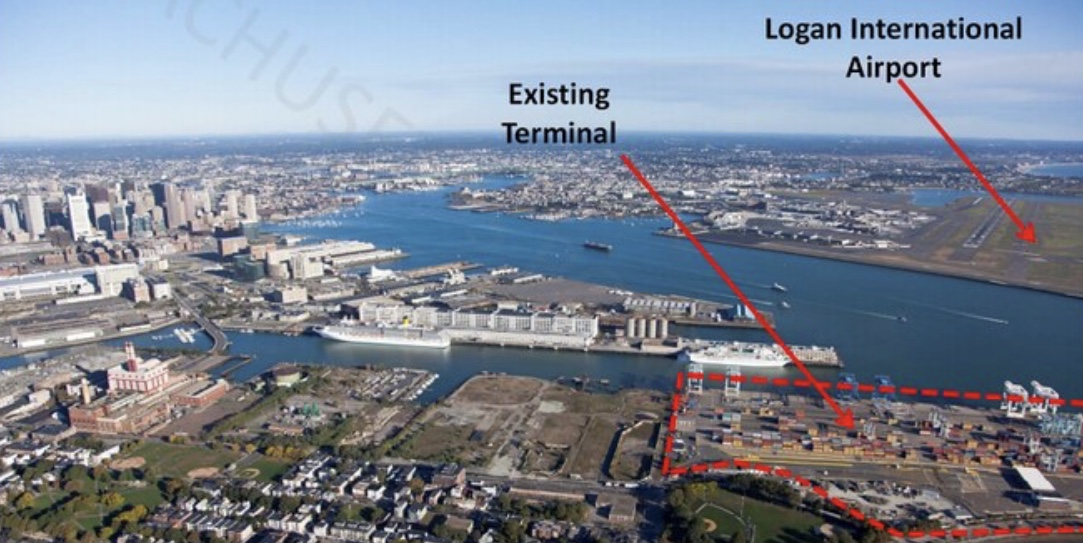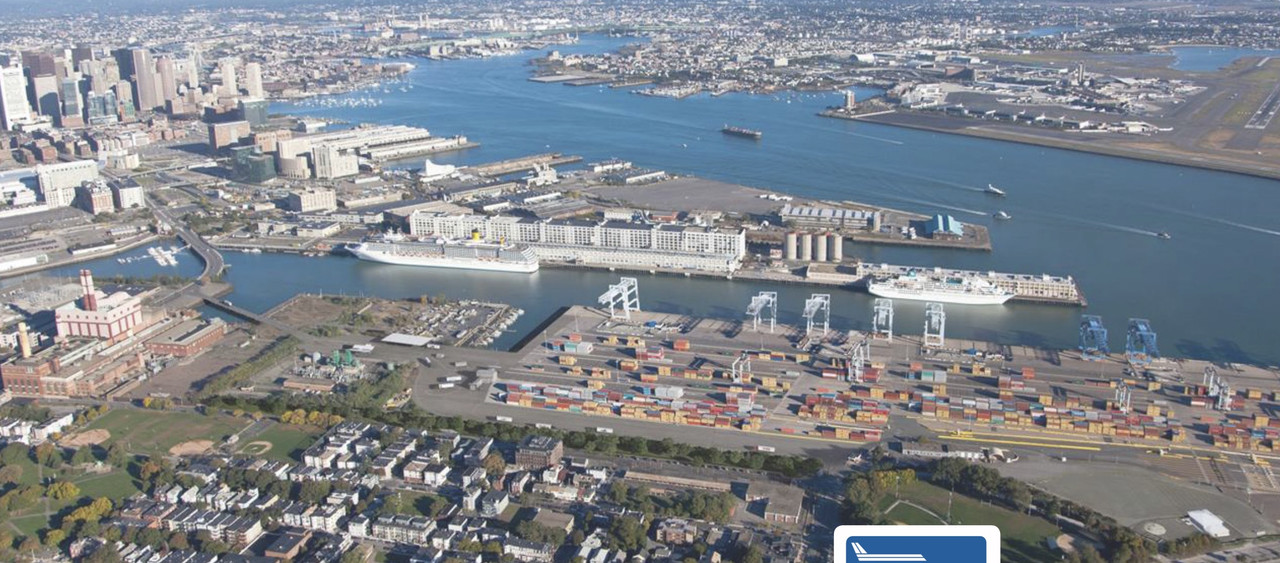F-Line to Dudley
Senior Member
- Joined
- Nov 2, 2010
- Messages
- 9,521
- Reaction score
- 10,299
Depends on how far the freight is going. If it's strictly regional then trucks are the best option. Putting all those containers on to trains and then shipping them out of the city only makes sense if they are going longer distances, like they do in Long Beach. I don't think Boston is a large enough port to handle that kind of long distance shipping.
Bingo. Drayage distance where freight rail starts slaying all other modes by a wide margin is about 250 miles, give or take. 250 miles is about the most you can cover in a one-way trucker shift and/or full big rig tank of diesel, so there's a big cost escalator at/past that distance on the trucking mode. Conley's an extremely small, specialized container port. Most of the stuff that is being routed there is for local distribution. PANYNJ, Halifax, Baltimore, Norfolk, and the inland ports of the St. Lawrence Seaway all take much bigger loads and run overwhelmingly by rail to reach this region. Their quantities of container loads also dwarf Boston's by a silly margin, such that the big ports can/do fill up intermodal trains 24/7 while Conley might--very optimistically--only be able to isolate one medium-low length daily train's worth of cubes that are heading anywhere >100 miles out of town.
To illustrate the logistical inefficiency of both the distances and quantities were you to attempt to transload ship-to-rail at Conley...all CSX loads in Eastern MA have to pit-stop at Framingham to be sorted and classified. The yards there are the only ones equipped with the quantity of tracks to break apart and recombine trains by order-of-delivery (i.e. Worcester and Westborough wouldn't be able to process their huge daily volumes if they had to waste space switching individual cars), and Framingham is the common diverging point to every destination in Eastern MA so they sort everything there (i.e. they don't piecemeal it having Readville sort some loads, Walpole/Braintree/Middleboro sort some others, and keep having to shuffle around yard-to-yard to account for all of some train's manifest for the day). We've already established that vast majority of loads at Conley are purely local: MA (much moreso east-of-Springfield), RI, Central/Eastern CT, NH...with an absolute limit of about Portland, Conn River Valley VT, and the Berkshires before other bigger ports (Halifax, PANYNJ, Montreal, Albany inland port) start overlapping in drayage distance even for the specialty loads. This is also why it's pointless to talk about double-stacking cubes at Conley; they have to be sorted anyway, and that's just making Framingham's job twice as difficult. The ports that do load up double-stack trains full of cubes are shipping a looooot of stacked cars a loooooong distance at a time before anyone has to care about un-stacking and sorting them for any last-mile customers.
Let's say that one of the trucking companies on Cypher St. has rail access (indeed the last active Track 61 customer was a truck shipper on the corner of Cypher & C with their spur tracks still buried in the gravel). To take a rail transload from Conley the CSX pickup would have to pass them in both directions, haul their load all the way to Framingham for classification because Conley's crane operators don't have the time or luxury of plopping that precise cube on the last car of the train in the precise order of the first customer to be served. Meaning their cube could be sitting anywhere from Car #1 to Car #99, and it's the Framingham switcher's job to yank it out, put it in the proper order, and send it back out 9 hours later as an inbound local. Quite useless and inefficient, and that pretty much goes for any customer inside I-495...not just the ones in literal spitting distance. Conley...and Southie Haul Road...are pretty squarely there to serve the inside-495 demand where the logistical efficiency is worlds better.
Now, if you had something outbound from Conley that was going out-state in any sort of sizeable quantities, then you've got an argument for a rail spur. Because then you wouldn't be talking 90% of the cubes needing to go to Framingham to bounce right back to Greater Boston. Those trains would leave unsorted, separated only by large blocks of cars to be scattered to other major regional nodes (Portland, New Haven, Albany, Montreal, whatever) before they end up being assigned to a local delivery. It's incredibly hard to see where that business is going to materialize, because there's physically no way to process the cube volumes of a Halifax or New York here and there's no gaping holes in the drayage distance between ports foretelling any radical changes in demand. Even the last time Conley had active rail access in the late-80's it wasn't used for that purpose, as the former E. 1st St. street-running tracks were just for spotting a couple boxcars in the days when Conley still had some remaining general-purpose/non-container business prior to Massport's streamlining its role.
BUT...you can only foretell out to the range where facts can let you make a prediction. For 50-year considerations, we have no idea what'll be needed. And that's why the Conley expansion provisions space for a running track that can be trestled across Reserve Channel next to the Summer St. Bridge. In all likelihood it will never ever be needed...not even as a "nice to have" because routing logistics like the ^^Framingham pitstop^^ make the Eastern MA shipping map operate a lot differently than "nearest as crow flies". Arguably it wastes more money than it saves until those rail-bound cubes have destinations a good 50 miles beyond Framingham. But they've got their butts covered on rail access allowances should things change, and there are definitely things that could change a lot once you get beyond 20-, 30-year ranges.


 IMG_2696
IMG_2696

